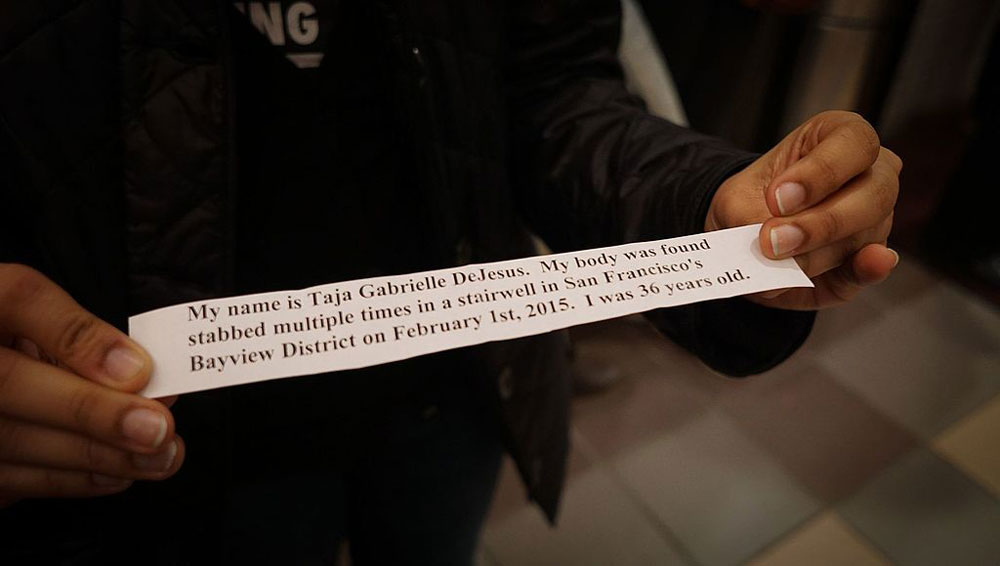
September 27, 2019; New York Times
In 2018, at least 26 transgender people were killed in the US. This year, there have been 18 transgender killings recorded to date. The majority of victims are transgender women of color. This data is assumed to be incomplete, as victims are misgendered in police reports and many incidents are never reported.
The American Medical Association (AMA) describes the violence against the transgender community as an epidemic and developed a plan to advocate for transgender people, educate the public, and better track hate crimes against the community.
“According to available tracking, fatal anti-transgender violence in the US is on the rise and most victims were black transgender women,” AMA Board Member S. Bobby Mukkamala, MD, shared in a press release by the organization. “The number of victims could be even higher due to underreporting, and better data collection by law enforcement is needed to create strategies that will prevent anti-transgender violence. We have written about this problem before in its connection to officer-related shootings.
Sign up for our free newsletters
Subscribe to NPQ's newsletters to have our top stories delivered directly to your inbox.
By signing up, you agree to our privacy policy and terms of use, and to receive messages from NPQ and our partners.
Discrimination impacts the rights and opportunities of transgender people throughout society. The Human Rights Campaign Foundation’s report, Dismantling a Culture of Violence: Understanding Anti-Transgender Violence and Ending the Crisis, outlines six areas where denial of opportunity prevents transgender people’s full participation in society: setbacks in education, employment discrimination, barriers for immigrants, refugees & asylum seekers, exclusion from health care and social services, unequal policing and criminal justice system, and barriers to legal identification. This broad denial of opportunity results in increased risk factors such as poverty and homelessness, putting transgender people at a higher risk of violence.
Meanwhile, the Trump administration continues to work against transgender rights. A pending Trump rule threatens the Affordable Care Act’s protection against transgender discrimination and may make it more difficult to get government coverage of gender affirming surgery.
“I want us to live in a world where we don’t have to worry about walking out of our front doors and being killed because someone doesn’t understand who we are,” Mariah Moore, a program assistant for the Transgender Law Center, shared with the New York Times.
The multitude of factors increasing risk for transgender people, especially people of color, are widely covered by nonprofit missions positioning the sector to provide support from many angles. As the need grows more urgent, nonprofits and funders must be ready and informed.—Julie Euber













